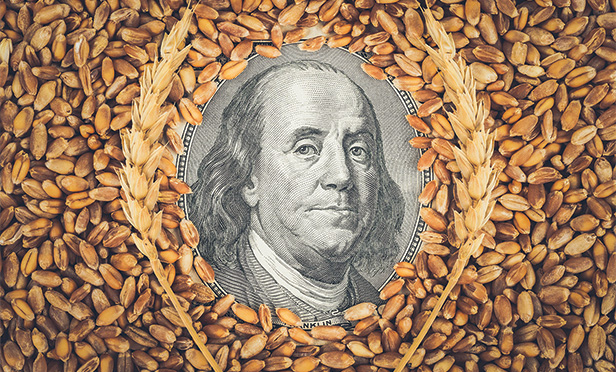

Higher inflation and a teetering stock market should spur advisors to think about diversifying client portfolios by adding commodities, investment experts urged recently. These economic factors, a potential bottom in the commodities price cycle, as well as the move of institutional investors into this sector, also are signs that portfolios should be adjusted to include this asset class.
"Commodities have been on a positive track since 2016, but people are frustrated in 2018 because the broad [commodity] benchmarks are stalled," said Tim Pickering, founder, president and CIO of Auspice Capital, a Calgary, Canada-based investment firm, during a webinar held by Direxion discussing trade wars and commodities. "In fact the Bloomberg Commodity Index is down on the year, but all [commodity] sectors are not. There's diversity in commodity sectors, and there are opportunities if you're tactical."
Pickering also noted that there is strong demand in agriculture and metals, "but due to political wrangling and tariffs that have been proposed … it has affected [base] metals and grains specifically [in the short term]," he said.
Recent lows as well as a culmination of factors may be the reason investors should look at commodities — in a tactical way, Pickering said.
He pointed out that although a sector as a whole might be down, there are specific commodities, such as wheat in grains, or cotton in softs, that are having up years. Crude oil prices also have been strong.
Pickering and his co-presenter, Edward Egilinsky, managing director and head of alternative investments for Direxion, both said demand in many commodities is exceeding supply, and should continue, especially with rising population growth in developing countries, and because it looks like the economic cycle of commodities is close to a low.
Egilinsky, whose firm develops and markets ETFs and mutual funds, noted that because of commodities' low correlation to equities and fixed income, the fact they are a good inflation hedge and have an ability to generate alpha, "Commodities should be 5–10% of a portfolio," he said.



